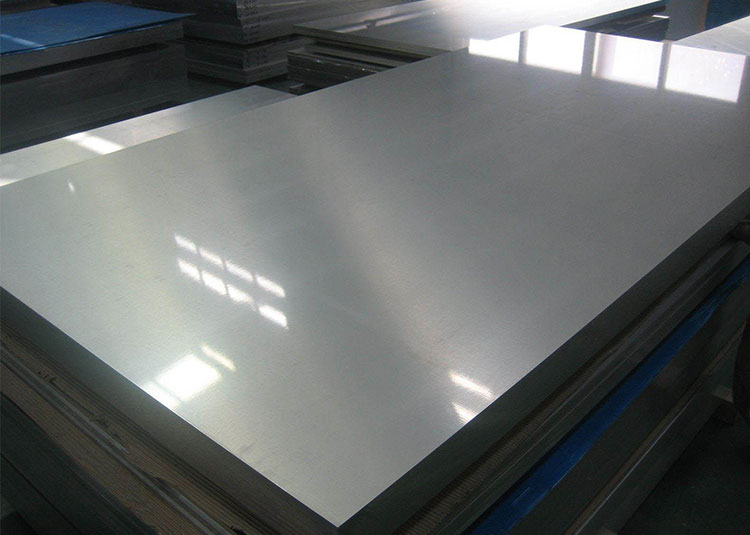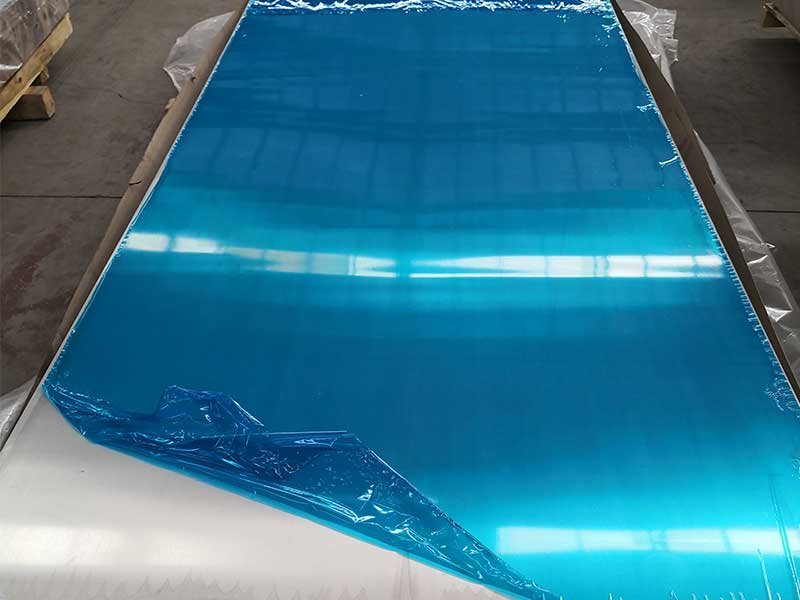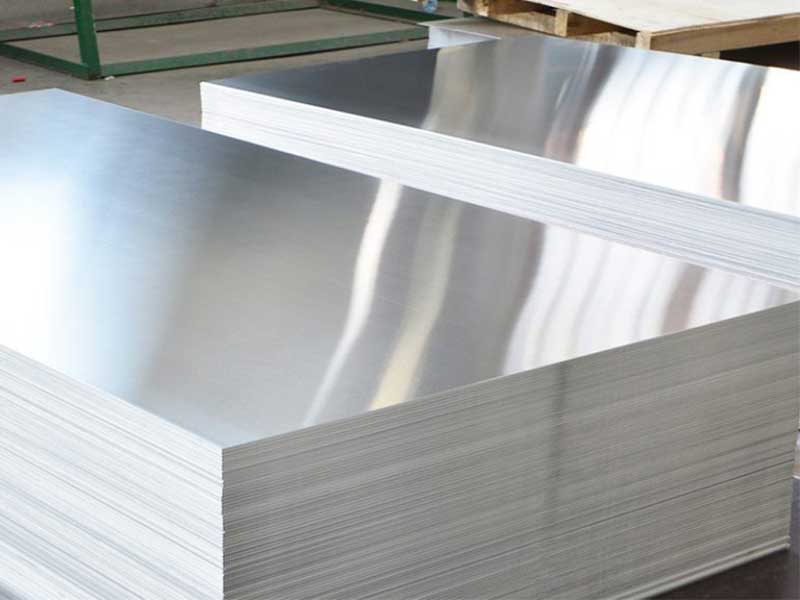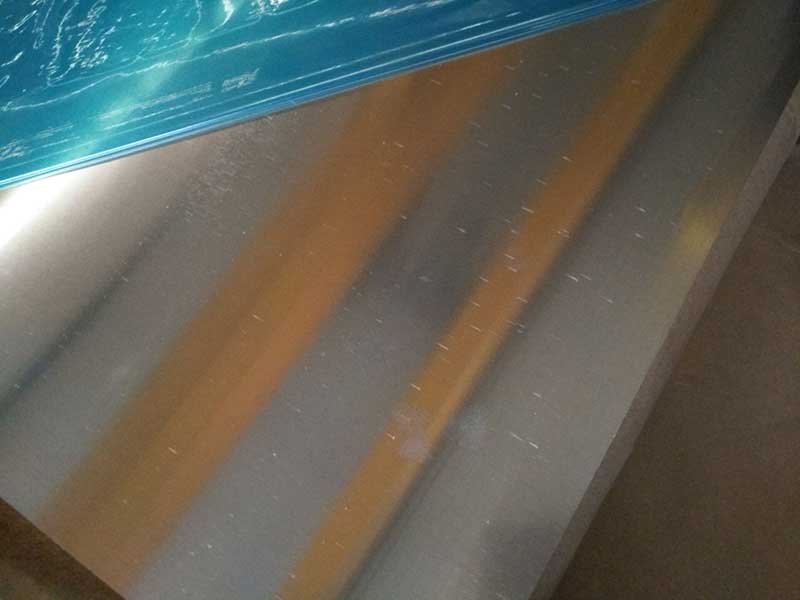Aluminium Sheet For Marine
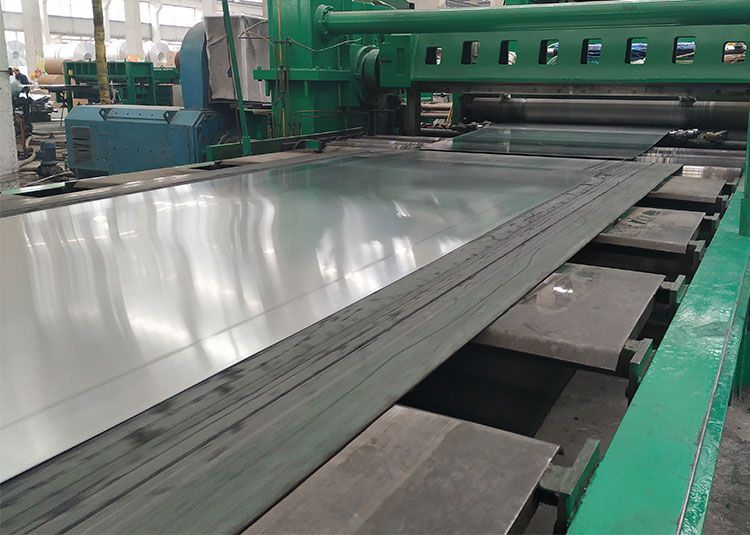
Scope of application
Aluminum alloys with a thickness of 3mm~50mm for the construction of hull structures, superstructures and other offshore facilities.
Sheets and profiles. However, the aluminum alloys specified in this section are generally not applicable to structures whose working temperature is lower than -100℃.
General requirements
Aluminum alloy plates and profiles and their semi-finished products are to be manufactured by a manufacturer approved by CCS.
Aluminum alloys should have good seawater corrosion resistance and weldability.
AlSiMg-based alloys (6000 series) are subject to effective protection measures (such as cathodic protection and/or complete coating protection)
Generally, it is not allowed to be used for components in direct contact with seawater.
Chemical composition of aluminum alloy (%)
| Alloy | Si | Fe | Cu | Mn | Mg | Cr | Zn | Ti | Other |
| 5A01 | Si+Fe ≤ 0.40 | ≤ 0.10 | 0.30-0.70 | 6.0-7.0 | 0.1-0.2 | ≤ 0.20 | ≤ 0.15 | ≤ 0.15 | |
| 5454 | ≤ 0.25 | ≤ 0.40 | ≤ 0.10 | 1.50-1.0 | 2.4-3.0 | 0.05-0.20 | ≤ 0.25 | ≤ 0.20 | ≤ 0.15 |
| 5083 | ≤ 0.40 | ≤ 0.40 | ≤ 0.10 | 0.40-1.0 | 4.0-4.9 | 0.05-0.25 | ≤ 0.25 | ≤ 0.15 | ≤ 0.15 |
| 5383 | ≤ 0.25 | ≤ 0.25 | ≤ 0.20 | 0.7-1.0 | 4.0-5.2 | ≤ 0.25 | ≤ 0.40 | ≤ 0.15 | ≤ 0.15 |
| 5059 | ≤ 0.45 | ≤ 0.50 | ≤ 0.25 | 0.6-1.2 | 5.0-6.0 | ≤ 0.25 | 0.40-0.90 | ≤ 0.20 | ≤ 0.15 |
| 5086 | ≤ 0.40 | ≤ 0.50 | ≤ 0.10 | 0.2-0.70 | 3.5-4.5 | 0.05-0.25 | ≤ 0.25 | ≤ 0.15 | ≤ 0.15 |
| 5456 | ≤ 0.25 | ≤ 0.40 | ≤ 0.10 | 0.50-1.0 | 4.7-5.5 | 0.05-0.2 | ≤ 0.25 | ≤ 0.20 | ≤ 0.15 |
| 5754 | ≤ 0.40 | ≤ 0.40 | ≤ 0.10 | ≤ 0.50 | 2.6-3.6 | ≤ 0.30 | ≤ 0.20 | ≤ 0.15 | ≤ 0.15 |
| 6005A | 0.5-0.90 | ≤ 0.35 | ≤ 0.30 | ≤ 0.50 | 0.4-0.7 | ≤ 0.30 | ≤ 0.20 | ≤ 0.10 | ≤ 0.15 |
| 6061 | 0.4-0.80 | ≤ 0.7 | 0.15-0.40 | ≤ 0.15 | 0.8-1.2 | 0.04-0.35 | ≤ 0.25 | ≤ 0.15 | ≤ 0.15 |
| 6082 | 0.7-1.3 | ≤ 0.50 | ≤ 0.10 | 0.40-1.0 | 0.6-1.2 | ≤ 0.25 | ≤ 0.20 | ≤ 0.10 | ≤ 0.15 |
Aluminum alloys are generally delivered in the following states:
O - annealed state
H111 - Slight work hardening after annealing (such as straightening, etc.)
H112―Condition of hot forming
H116—Aluminum alloy with magnesium content not less than 3.0%, in the state after anti-corrosion treatment
H32 — Stabilized state after work hardening
H321—Aluminum alloys with a magnesium content of not less than 3.0% are work-hardened and then stabilized
T5 - artificial aging treatment after high temperature forming and cooling
T6 - artificial aging treatment after solution heat treatment
Rolled aluminum-magnesium alloys are generally delivered in H111, H112, H116, H32, H321 or O state.
Extruded aluminum-magnesium alloys are generally delivered in H111, H112 or O state.
Extruded Al-Si-Mg alloys are generally delivered in T5 or T6 state.
For 5083, delivered in H116 and H321 condition, for seagoing ship hull structure or components often in direct contact with sea water.
Mechanical Properties of Rolled Aluminum Alloys
| Alloy | Temper | Thickness (mm) | Extend Rp0.2(N/mm2) | Tensile Rm(N/mm2) | Minimum elongation at break | |
| 50mm | 5d | |||||
| 5A01 | O | 3 ≤ t ≤ 50 | ≥ 165 | ≥ 325 | 10 | |
| H112 | 3 ≤ t ≤ 50 | ≥ 165 | ≥ 325 | 10 | ||
| H32 | 3 ≤ t ≤ 50 | ≥ 245 | ≥ 365 | 8 | ||
| 5454 | O | 3 ≤ t ≤ 50 | ≥ 85 | 215~285 | 17 | 16 |
| H112 | 6≤ t ≤ 12.5 | ≥ 125 | ≥ 220 | 8 | - | |
| H32 | 3 ≤ t ≤ 6.3 | ≥ 180 | 250~305 | 8 | - | |
| 5083 | O | 3 ≤ t ≤ 50 | ≥ 125 | 275~350 | 16 | 14 |
| H111 | 3 ≤ t ≤ 50 | ≥ 125 | 275~350 | 16 | 14 | |
| H112 | 3 ≤ t ≤ 50 | ≥ 125 | ≥ 275 | 12 | 10 | |
| H116 | 3 ≤ t ≤ 50 | ≥ 215 | ≥ 305 | 10 | 10 | |
| H321 | 3 ≤ t ≤ 50 | 215~295 | 305~385 | 12 | 10 | |



